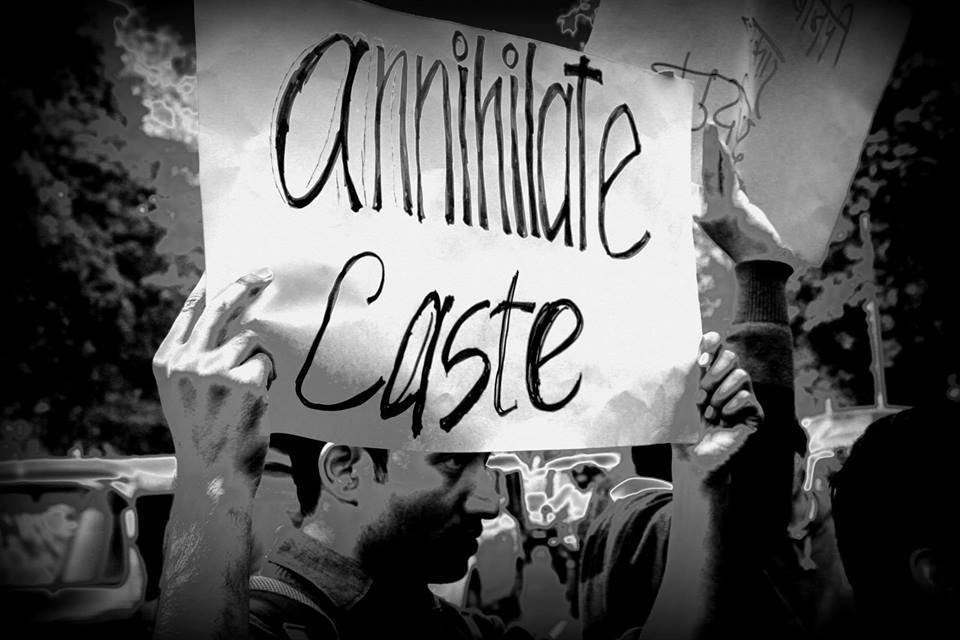Does Skin Color Matter?
The issue of racism based on skin color provoked a hullabaloo from San Antonio’s earliest beginnings. The viceroy, Marquis de Valero, when San Antonio was under Spanish control, stipulated that the governor populate the new settlement with “only married soldiers of pure Spanish stock.” Of course there is no such thing as “pure Spanish stock.” The priest accompanying the expedition complained to authorities in Mexico City that the colony’s governor was recruiting settlers from northern Mexico who were “mulattoes, lobos, coyotes and mestizos, people of the lowest order, whose customs are worse than the Indians.” The governor retorted that there were no pure blooded Spaniards in his province who were prepared to relocate (Teja, 2008). So it was that the first person buried at Mission San Antonio de Valero in 1721 was Juan Blanco, “a negro soldier of the Texas troops, who was killed by the Apache Indians.” The term “negro” was simply Spanish for black. The remote outpost on the San Antonio River would continue to experience difficulty attracting immigrants – particularly men and women of “quality” – to a dangerous and impoverished frontier community. These racist quotes point to a city that established racism at the very beginning of it settlement.
In various historical documents accounts the Canary Islanders were portrayed as “Europeans,” (whites) making their official “racial classification” that of Spaniard. However, what they tried to hide and what remains hidden in the history of San Antonio and Bexar County is that they represented a mixed racial class. Archaeological evidence indicates that the indigenous population of the Canary Islands, located just 62 miles off the West coast of North Africa, was of Berber, Moorish, and African ancestry. Spain conquered the territory in 1496, and more Europeans were added to the population along with enslaved peoples from Sub-Saharan Africa. When the Canary Islands were conquered by Spain the Islamic population was forcibly “Christianized.” Hence, black Moors and Berbers came to San Antonio and were part of the expedition. This has been completely by the Canary Islanders in later years as they tried to whitewash the co-called founding of San Antonio. Spanish officials in the manifest records provided physical descriptions of the Canary Islanders who ventured to Bexar, and they came in a wide range of complexions and facial characteristics indicative of the Islands’ diverse population. The 50 year old Joseph Cabrera, for example, was described as of “medium height, broad shoulders, and dark complexion, round face, flat nose, pitted with small pox, grey eyes, chestnut hair and eyebrows, blobber-lipped.”
Also, racial mixing was widespread in San Antonio and the area and greatly complicated efforts to maintain “pure whiteness.” Those responsible for certifying an individual’s social status and “race” were the priests at the Church of San Fernando and the missions. They were charged with recording an individual’s castas or race when he or she was born, married and buried. Hence, two birth certificates existed, one for the mixed race people and the other for the invented whites. Racial identifications were often highly subjective and always changing. One need only consider the case of Ana Maria de la Trinidad Games. She appears in the 1792 census as “Espanola,” but the next year’s census has her as a “mestiza.” She is listed as an “Indian” in 1796. When she does marry a man identified as an “Indian” her first child was listed as a mestiza while the infant’s brother born two years later was a “lobo.” “Lobo is a term used for part black. Later town censuses would list Maria as a mulatto. Let’s finally tell the true history of San Antonio.





